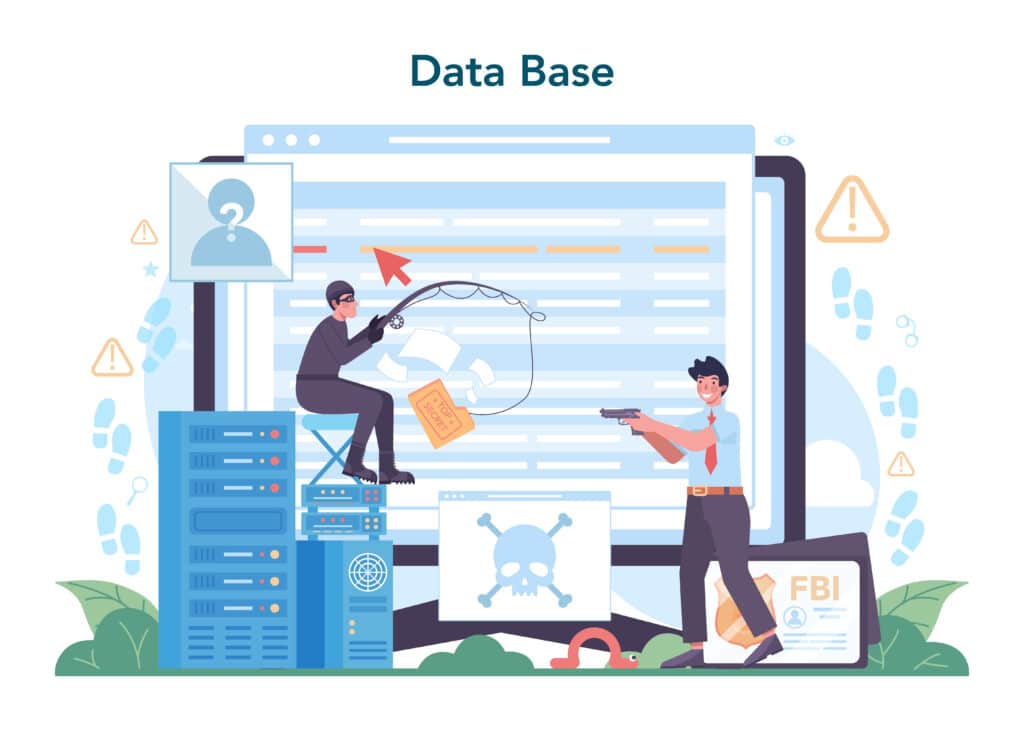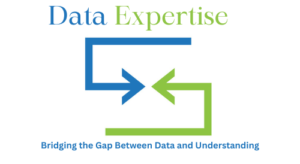Introduction to Data Science Projects
Data science projects are essential for transforming raw data into actionable insights. These projects help solve complex problems and drive innovation by leveraging various data science techniques and tools. In 2024, the scope and impact of data science projects will continue growing, offering new opportunities for beginners and experienced professionals.
Why Data Science Projects Matter
Data science projects are not just about analyzing data; they are about solving real-world problems. They provide hands-on experience, improve analytical skills, and demonstrate the practical applications of data science. These projects also bridge the gap between data science and analytics, showing how both fields contribute to informed decision-making and strategic planning.

12 Innovative Data Science Project Ideas for 2024
Sentiment Analysis for Social Media
Sentiment analysis involves extracting and analyzing emotions from text data. By applying sentiment analysis to social media posts, businesses can gauge public opinion about their products or services, identify trends, and improve customer engagement.
Real-Time Example: Analyzing Twitter feeds to monitor public sentiment during product launches.
Predictive Maintenance for IoT Devices
Predictive maintenance uses data from IoT devices to predict equipment failures before they occur. This project can help businesses reduce downtime, save costs, and improve operational efficiency.
Real-Time Example: Monitoring industrial machines to predict and prevent breakdowns.
Real-Time Fraud Detection
Real-time fraud detection systems analyze transaction data to identify suspicious activities instantly. This project is crucial for financial institutions to protect against fraud and ensure secure transactions.
Real-Time Example: Implementing fraud detection algorithms in online banking systems to monitor transactions and flag potential fraud in real-time.
Personalized Healthcare Recommendations
Personalized healthcare uses patient data to provide tailored medical advice and treatment plans. This project can improve patient outcomes and optimize healthcare delivery.
Real-Time Example: Developing an app that offers personalized fitness and nutrition recommendations based on user data.
Customer Segmentation for E-commerce
Customer segmentation involves dividing a customer base into distinct groups based on their behavior and preferences. This project helps e-commerce businesses target their marketing efforts more effectively.
Real-Time Example: Using purchase history and browsing behavior to create customer segments for targeted marketing campaigns.
Traffic Prediction and Management
Traffic prediction systems analyze traffic data to forecast congestion and optimize traffic flow. This project can enhance urban mobility and reduce commute times.
Real-Time Example: Implementing traffic prediction algorithms in smart city infrastructure to manage traffic lights and reduce congestion.
Image Recognition for Wildlife Conservation
Image recognition technology can identify and track wildlife species from camera trap images. This project aids in wildlife conservation efforts by providing valuable data on animal populations and behavior.
Real-Time Example: Using AI-powered image recognition to monitor endangered species in protected areas.
Financial Market Prediction
Financial market prediction involves analyzing historical market data to forecast future trends. This project helps investors make informed decisions and manage risks.
Real-Time Example: Developing predictive models to forecast stock prices and market movements.
Chatbots for Customer Support
Chatbots use natural language processing to interact with customers and provide support. This project can improve customer service efficiency and enhance user experience.
Real-Time Example: Implementing AI-powered chatbots on e-commerce websites to assist customers with their inquiries.
Automated Resume Screening
Automated resume screening systems use machine learning to evaluate job applications and shortlist candidates. This project streamlines the recruitment process and saves time for HR teams.
Real-Time Example: Developing an AI-based tool to screen resumes and rank candidates based on their qualifications.
Smart Home Automation
Smart home automation involves using IoT devices to control home appliances and systems. This project enhances home convenience and energy efficiency.
Real-Time Example: Creating a smart home system that adjusts lighting, temperature, and security settings based on user preferences.
Energy Consumption Optimization
Energy consumption optimization uses data analytics to monitor and reduce energy usage. This project helps businesses and households save energy and lower costs.
Real-Time Example: Developing an app that provides real-time energy consumption insights and recommendations for energy-saving practices.
Data Science vs Data Analytics

While data science and data analytics are often used interchangeably, they have distinct roles. Data science focuses on using algorithms, machine learning, and statistical models to extract insights from data. Data analytics, on the other hand, involves examining data sets to find trends and draw conclusions. Both fields are integral to data-driven decision-making, but data science tends to be broader and more experimental, while data analytics is more focused on practical application.
Key Tools and Technologies for Data Science Projects
Data science projects rely on a variety of tools and technologies to collect, process, analyze, and visualize data. Essential tools include:
- Programming Languages: Python, R
- Data Processing Frameworks: Apache Hadoop, Apache Spark
- Machine Learning Libraries: TensorFlow, scikit-learn
- Data Visualization Tools: Tableau, Power BI
- Database Management Systems: SQL, NoSQL databases
These tools help data scientists efficiently handle data, develop predictive models, and communicate their findings effectively.
Tips for Successful Data Science Projects
To ensure the success of your data science projects, consider the following tips:
- Define Clear Objectives: Clearly define the goals and objectives of your project.
- Collect Quality Data: Ensure that the data you collect is accurate, complete, and relevant.
- Choose the Right Tools: Select tools and technologies that best fit your project requirements.
- Collaborate with Experts: Work with domain experts to gain insights and improve your analysis.
- Validate Your Models: Regularly test and validate your models to ensure their accuracy and reliability.
- Communicate Findings: Use effective visualization techniques to communicate your findings to stakeholders.

Real-World Examples and Case Studies
Case Study 1: Sentiment Analysis for Social Media
A major retail company used sentiment analysis to monitor customer feedback on social media. By analyzing tweets and Facebook posts, they identified common customer concerns and improved their products and services accordingly.
Case Study 2: Predictive Maintenance for IoT Devices
A manufacturing firm implemented predictive maintenance for their industrial machines. By analyzing sensor data, they predicted equipment failures and performed timely maintenance, reducing downtime and saving costs.
Case Study 3: Real-Time Fraud Detection
A financial institution developed a real-time fraud detection system for its online banking platform. The system analyzed transaction data to detect suspicious activities, prevent fraud, and ensure secure transactions.
Future Trends in Data Science Projects
The future of data science projects looks promising, with several emerging trends set to shape the industry:
- AI and Machine Learning Integration: The integration of AI and machine learning with data science projects will enhance data analysis capabilities and enable more accurate predictions.
- Big Data Analytics: The growing volume of data will drive the demand for advanced analytics tools and techniques to process and analyze big data.
- Data Science Automation: Automation in data science will streamline workflows and reduce the time required for data analysis.
- Data Ethics: The increasing importance of data ethics will lead to the development of frameworks and guidelines to ensure ethical data processing practices.
- Quantum Computing: Quantum computing has the potential to revolutionize data processing by enabling faster and more efficient computations.
Conclusion
Data science projects are essential for driving innovation and solving complex problems in various industries. By leveraging advanced techniques and tools, data scientists can extract valuable insights from data and make informed decisions. The future of data science projects looks bright, with emerging trends set to enhance data analysis capabilities and drive further advancements in the field.
What are some good data science projects for beginners?

Beginners can start with projects like sentiment analysis, customer segmentation, and predictive maintenance. These projects provide hands-on experience with key data science techniques and tools.
How do I choose the right data science project?
Choose a project that aligns with your interests and skill level. Consider the data availability, tools required and the potential impact of the project.
What is the difference between data science and data analytics?
Data science focuses on using algorithms, machine learning, and statistical models to extract insights from data, while data analytics involves examining data sets to find trends and draw conclusions. Data science is broader and more experimental, while data analytics is more focused on practical applications.




I’m not that much of a online reader to be honest but your sites really nice, keep it up! I’ll go ahead and bookmark your site to come back down the road. All the best
Howdy very nice site!! Guy .. Excellent .. Wonderful .. I’ll bookmark your blog and take the feeds additionally…I’m happy to seek out a lot of helpful information right here in the submit, we’d like develop more strategies on this regard, thank you for sharing.